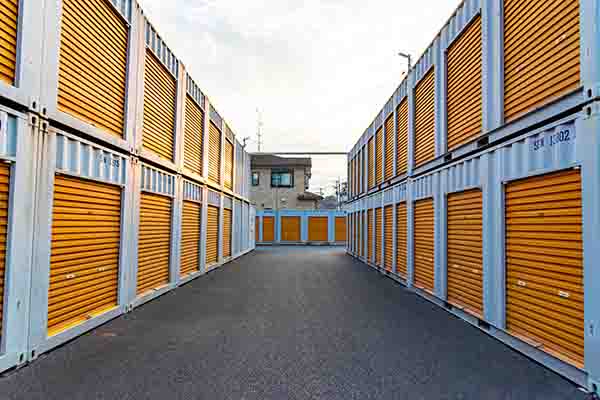
Causes of moisture damage in storage containers
- Apr 5, 2022
Three typical types of moisture damage during container transport: clumping and moulding of bagged goods, especially in the food sector, corrosion of metal parts and moisture penetration of cardboard boxes. These lead to the destruction of entire container loads. But what about the storage of goods in containers? Particularly at this time of year, when temperatures are scraping the 20-degree mark during the day but barely make it above freezing point at night, there is a threat of similar damage even in our temperate latitudes. What is the reason for this?
The biggest sources of moisture are often the pack(ag)ing materials used, such as pallets and cardboard boxes, and the goods themselves. In addition, the ambient air always contains a certain amount of moisture in the form of water vapour. The moisture is therefore already contained in the container when it is sealed, but is initially "safely" bound.
When the temperature changes, the humidity behaves relative to the temperature. If the temperature drops, e.g. at night, the relative humidity rises to a maximum of 100%. If the temperature continues to fall, the air can no longer hold the moisture and condensation occurs. Since warm air rises, the temperature differences are greatest at the container ceiling. This is where the moisture condenses first and rains down on the goods and pack(ag)ing materials. The colder it gets, the greater the condensation.
When it gets warmer again during the day, the moisture from the goods and pack(ag)ing materials migrates back into the air. The more humid the goods were when they were loaded or stored, the stronger this effect is. The next night, condensation occurs again.
Are you looking for a way to protect yourself and your valuable goods from the scenario described? Contact us - we not only offer you the right desiccant product, but also a solution for your individual application.




